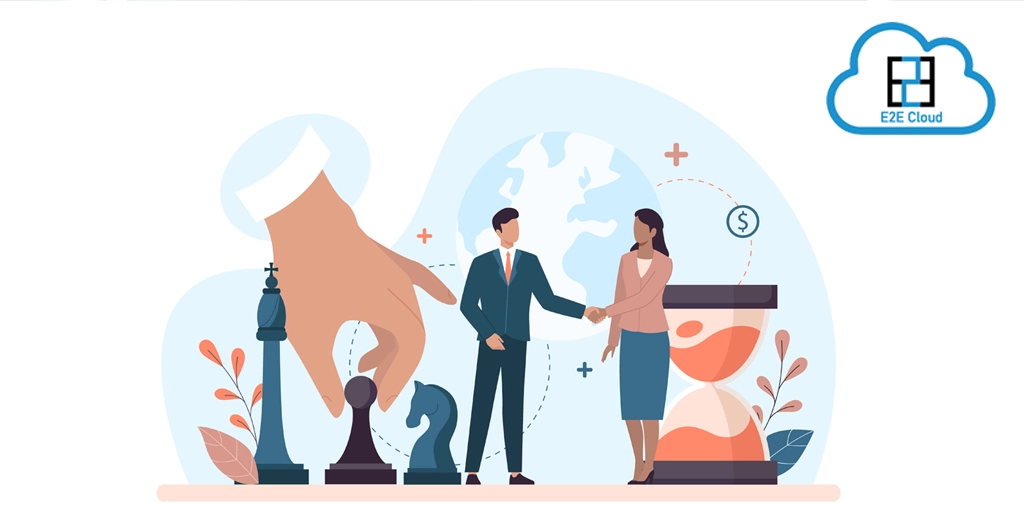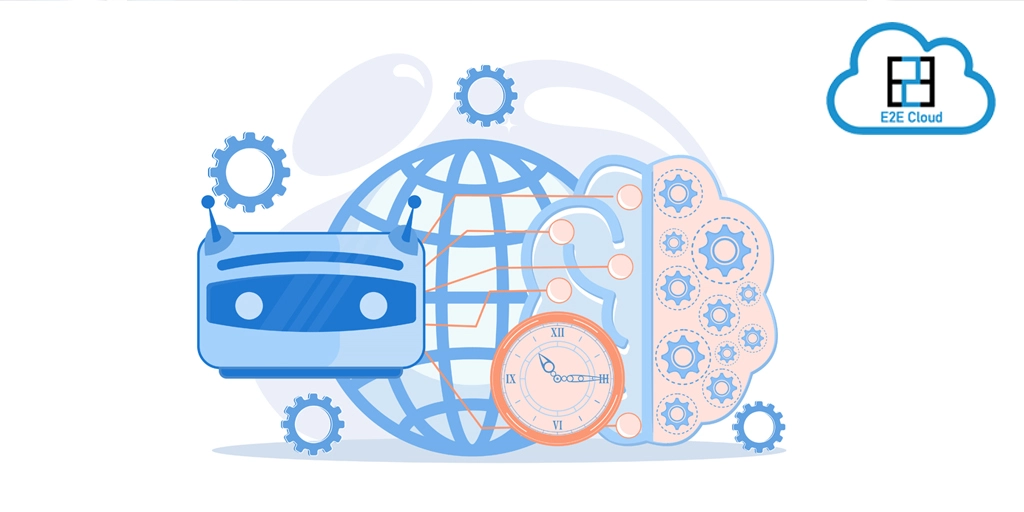Managing a small business can be daunting. Statistics reveal that only 33% of the small businesses make it to 10 years or longer. Small companies often encounter a specific set of challenges that include lack of funding or capital, a faulty business model or infrastructure, ineffective marketing initiatives, and retaining an insufficient management team. Following are some tips that can help small businesses overcome these challenges and achieve their goals successfully.
Make Customer Service the Highest Priority
Happy customers are likely to stick around for a long haul. Also, it’s easier to sell to loyal customers than acquiring new customers. The simplest way to make your customers happy is by offering them timely and high-quality service. Thus, it’s worthwhile to examine your current customer service and make the necessary changes to make it superior to your competitors’.
Collect your customer feedback regularly and act on it to make your product and services more inclined to their expectations. Additionally, essential improvements such as promptly responding to your customers’ emails and voicemails, revamping return policy, and investing in staff training can go a long way.
Build Online Presence
In this internet era, 88% of consumers research products and services online before purchasing in a store. Hence, it’s imperative to have a business website that describes you and your product and services. Your website should have your business name and logo, who you are, and more information about your services and products, your contact information with a Google Maps link along with your mission and customer testimonials.
It’s vital for lasting business success to have a wide range of consumers aware of your offerings, and Social Media can help achieve it. Nowadays, it’s a standard for most businesses to establish a presence on Twitter, Facebook, and Instagram.
Expand Marketing efforts
Effective marketing is the key to success, and you can adopt some of the inexpensive yet effective ways to market your offerings. Some of the options are creating a promotion kit, sending promotions with quotes, involving the newspapers in grand openings and charity events, joining professional organisations, doing cross-promotions by developing partnerships with complementary businesses, offering free classes or workshops related to your offerings, using a vehicle wrap to advertise on your vehicle or the traditional way of cold-calling.
You can also think about digital marketing strategies. You can publish regular blog posts to engage your audience. Using a marketing chatbot can be a great idea as your business starts growing. It will engage your existing and potential customers round-the-clock by answering their queries and interacting with them consistently.
Find and Retain the Right Employees
Businesses depend on quality staff that can work with them for the long-term. Thus, finding and retaining the right employees is predominant for any business.
Update Your Business Plan Regularly
As a small business, regularly updating your business plan is as critical as creating one in the first place. A business plan is crucial for several reasons, including checking your business idea viability, securing equity financing or debt, and more. An annual review can help you assess your accomplishments and decide on new directions or goals for future success.
Cut Business Costs
Money saved is money earned! Keeping expenses under control is critical for small businesses, and that’s where technology can help you. There is a wide range of apps in the market that can help you accomplish your tasks besides offering cost-effectivity. Conducting regular reviews of your major expenses can help you understand where you can save. For example, you can think of relocating if there’s ample commercial space available in your vicinity or eliminating this cost by converting into a home-based business. Other ways can be to check for discounts or adopting pool supply purchases with other companies to save cost.
Offer Mobility
With more and more people relying on cell-phones to surf the internet, you should explore mobile-specific strategies to reach your target audience. It includes a mobile-friendly business website and mobile marketing that encompass mobile display ads, text message advertising, and your mobile business app. Further, offering the pay-by-phone option not only provides convenience to your customers besides resulting in significant savings for you.
Process Automation and Cloud Adoption
Today’s small businesses can truly reap the technology benefits using process automation and Cloud adoption. Automating business processes can save time and effort besides enhancing efficiency with reduced human errors. Process automation helps you get your customers through the lifecycle more efficiently. It provides better engagement and personalisation, reduces shopping cart abandonment, enhances lead scoring, improves customer nurturing and remarketing, resulting in increased customer satisfaction, business opportunities, and revenue.
Further, Cloud adoption maximises your process automation benefits by offering considerable cost savings and anytime-anywhere access. Cloud computing saves you from the IT costs for installations, updates, backups, and more, which can be significant for any small business.
E2E Cloud offers high reliability, best availability, and advanced technical stacks with ultra-low latency. Further, our Cloud platform is 40-60% more cost-effective than other major platforms and is ideal for small businesses. For more information, Signup for a free trial http://bit.ly/38SbShS
.png)


.png)






